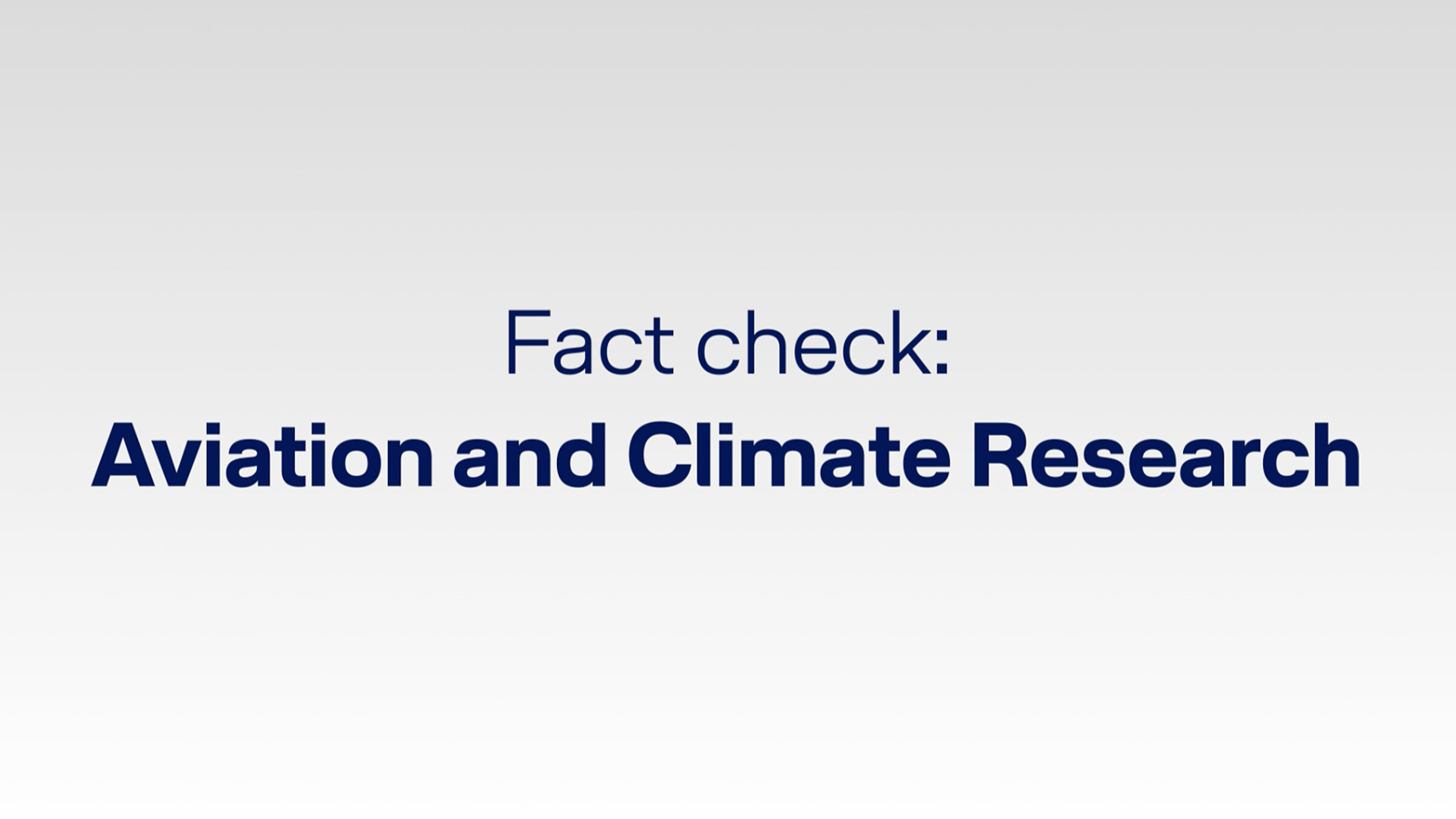Predicting the weather even more accurately, analyzing climate changes even more precisely, researching even better how the world is developing. This is the goal of a globally unique cooperation between Lufthansa and several research institutes. Converting an aircraft into a climate research plane poses major challenges. Lufthansa has chosen the most modern and economical long-haul jet in its fleet - an Airbus A350-900 named "Erfurt" (registration D-AIXJ). In three stages, the "Erfurt" will now also become a flying research laboratory.
First conversion work successfully completed at Lufthansa Technik in Malta
In Lufthansa Technik's hangar in Malta, the first and most extensive conversion work was carried out. Preparations were made for a complex air intake system below the belly. This was followed by a series of test insertions, at the end of which came the certification of a climate research laboratory weighing around 1.6 tons, the so-called CARIBIC measurement laboratory. The acronym CARIBIC stands for "Civil Aircraft for the Regular Investigation of the atmosphere Based on an Instrument Container" and is part of a comprehensive European research consortium.
The A350 conversion, which has now been launched, was preceded by an extremely elaborate planning and development phase of about four years involving more than ten companies (in particular Lufthansa Technik, Airbus, Airbus, Safran, enviscope, and Dynatec) as well as the Karlsruhe Institute of Technology (KIT) as representative of a larger scientific consortium.
The "Erfurt" is expected to take off in the near future for its first regular passenger flight also in the service of climate research, measuring around 100 different trace gases, aerosol and cloud parameters in the tropopause region (at an altitude of nine to twelve kilometers). Lufthansa is thus making a valuable contribution to climate research, which can use these unique data to assess the performance of current atmospheric and climate models and thus their predictive power for the Earth's future climate. Climate-relevant parameters can be recorded at this altitude with much greater accuracy and temporal resolution on board the aircraft than with satellite-based or ground-based systems.
The Lufthansa Group has been a reliable partner of climate research since 1994 and has since equipped several aircraft with special instruments. This is now the first time worldwide on an Airbus A350-900 aircraft. The Lufthansa Group has been supporting the CARIBIC research project for many years and, for this purpose, has completed about 500 measurement flights in the service of climate and atmospheric research with the Lufthansa Airbus A340-600 "D-AIHE" since 2004. The long-haul aircraft has been parked since April 2020 against the background of the effects of the Corona pandemic.
Learn more about CARIBIC measurement flights in the service of climate research in the following fact check video, "Aviation and Climate Research" (published in December 2019).
Video Faktencheck: Luftfahrt und Klimaforschung
Commitment to climate research
Newsroom
The Lufthansa Group is a global aviation group with aroud 240 subsidiaries.
Corporate responsibility, that is to say sustainable and responsible entrepreneurial practice, is an integral part of our corporate strategy. It means that we are committed to creating added value for our customers, employees and investors and to meeting our responsibilities toward the environment and society.
Current news from the Lufthansa Group
Detailed financial information
